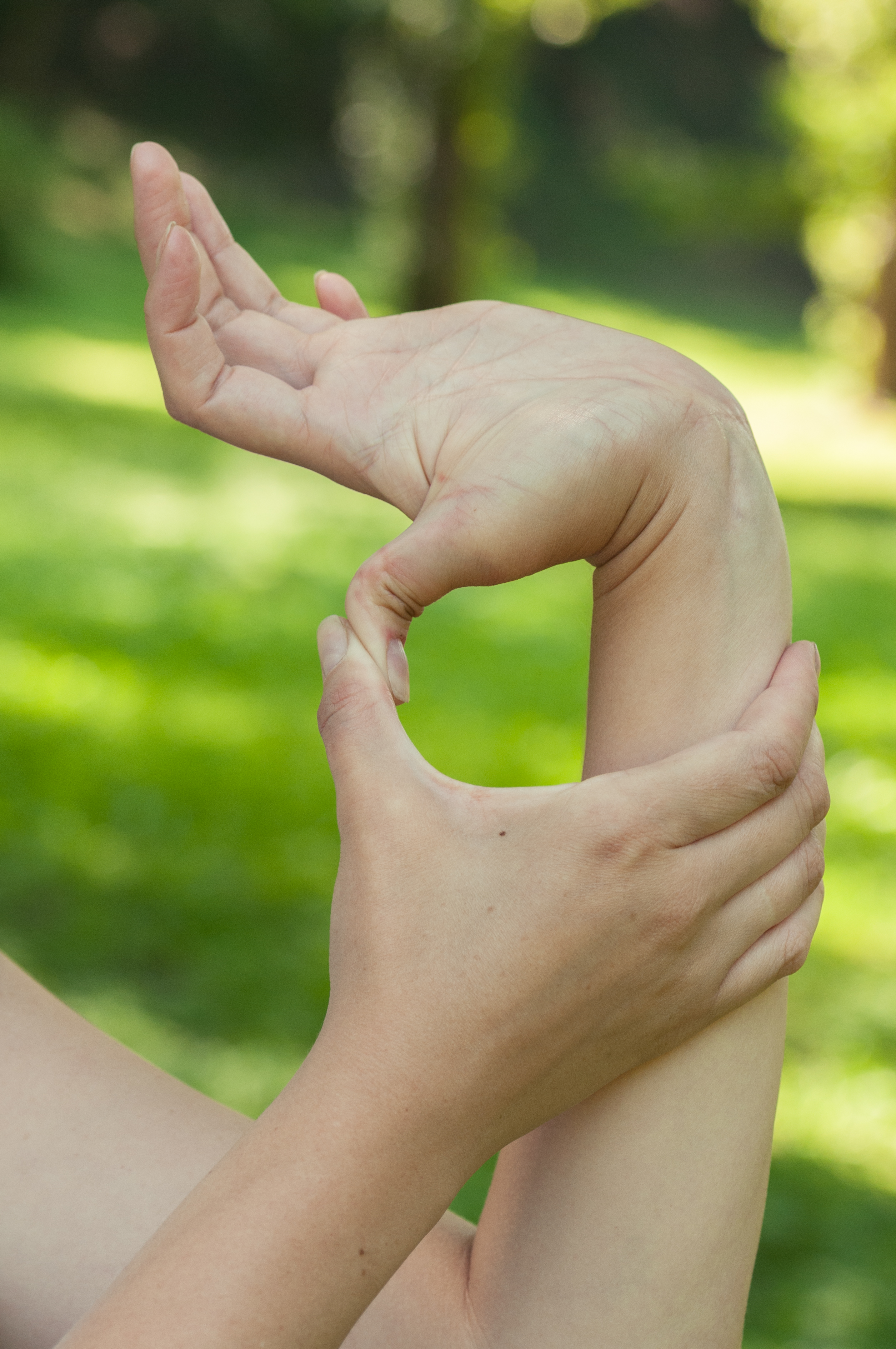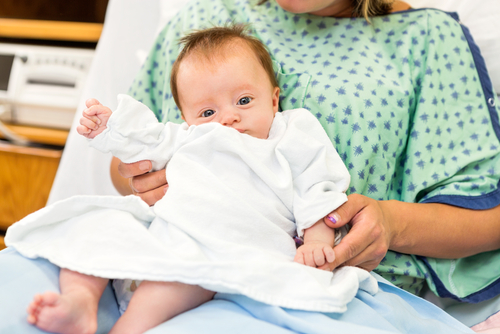Ehlers Danlos Syndrome Children
Ehlers danlos syndrome children. These symptoms do start in childhood and progress through adulthood and are associated with chronic disability. There are 14 types of EDS and all except one have a known specific genetic cause. Most adults have flat feet.
This number will almost certainly increase over time as researchers discover new types. Predominant symptoms include hypermobile joints abnormal scar formation and wound healing fragile vessels and velvety hyperextensible skin. It is generally considered the least severe form of Ehlers-Danlos syndrome EDS although significant complications can occur.
It can be difficult to decide whether the symptoms are related to the EDS or are symptoms seen in normal children. Gastrointestinal symptoms are common in children with Ehlers-Danlos syndrome EDS and a cause of major concern to many of their parents and carers. Equally it is devastating to be accused of abuse when innocent.
Pain that first appears as growing pains in young children but can become more widespread and chronic in teens and. Hypermobile Ehlers-Danlos syndrome is an inherited connective tissue disorder that is caused by defects in a protein called collagen. Ehlers-Danlos syndrome can range in severity from mildly loose joints to.
Some children with EDS may also have. The desperately sad reality is that child abuse exists. Ehlers-Danlos syndrome is a group of disorders that affect the connective tissues that comprise a childs skin bones blood vessels and other areas of the body.
Some develop small hard round lumps under the skin a chest deformity a humpback with an abnormal curve of the spine kyphoscoliosis or a clubfoot. Pediatric EDS symptoms can appear at birth or soon afterward and can include abnormal scarring autonomic nervous system issues cardiovascular problems early-onset osteoarthritis elastic or stretchy skin that bruises easily extra folds of skin gastrointestinal issues internal bleeding joint hypermobility organ rupture osteoporosis bleeding and sometimes velvety skin. The new classification from 2017 includes 13 subtypes of EDS.
Children with hypermobile EDS will be more bendy than their peers and this hypermobility can cause problems. Although other forms of the condition may exist they are extremely rare and are not well-characterized.
Instability of the joints might lead to dislocations or subluxations partial dislocations children may suffer from pain their joints may click and they may fidget to relieve discomfort.
There are 14 types of EDS and all except one have a known specific genetic cause. Some children with EDS may also have. It is generally considered the least severe form of Ehlers-Danlos syndrome EDS although significant complications can occur. Sometimes children are severely affected. Symptoms and signs of Ehlers-Danlos syndrome vary widely. It can be difficult to decide whether the symptoms are related to the EDS or are symptoms seen in normal children. Children with Ehlers-Danlos syndrome usually have very flexible joints. Ehlers-Danlos syndrome is a group of disorders that affect the connective tissues that comprise a childs skin bones blood vessels and other areas of the body. Joint dislocates or separates called subluxation with mild trauma.
Predominant symptoms include hypermobile joints abnormal scar formation and wound healing fragile vessels and velvety hyperextensible skin. The desperately sad reality is that child abuse exists. Pain that first appears as growing pains in young children but can become more widespread and chronic in teens and. This number will almost certainly increase over time as researchers discover new types. Ehlers-Danlos syndromes EDS are a group of inherited connective tissue disorders caused by abnormalities in the structure production andor processing of collagen. Gastrointestinal symptoms are common in children with Ehlers-Danlos syndrome EDS and a cause of major concern to many of their parents and carers. Predominant symptoms include hypermobile joints abnormal scar formation and wound healing fragile vessels and velvety hyperextensible skin.













































Posting Komentar untuk "Ehlers Danlos Syndrome Children"